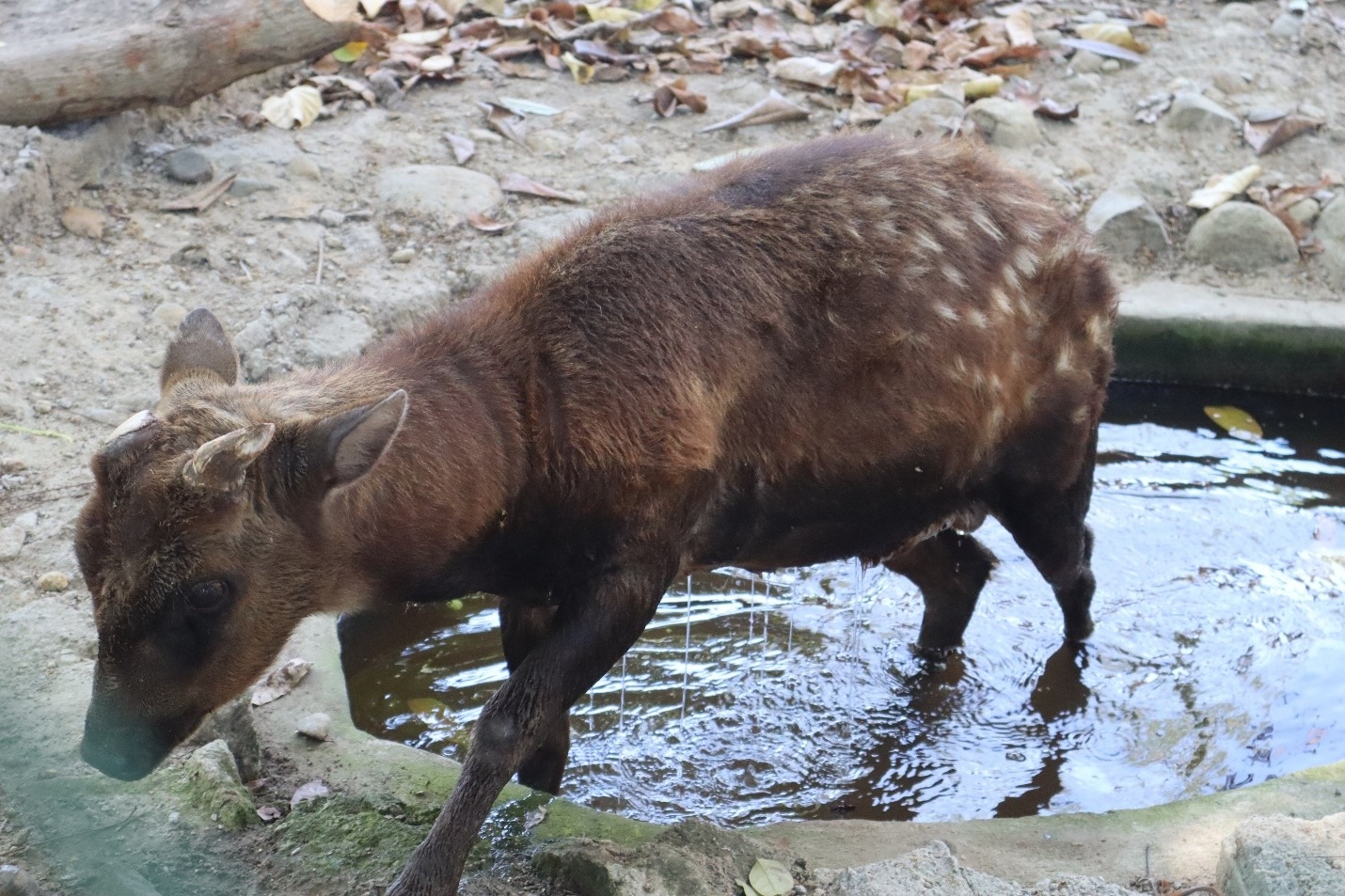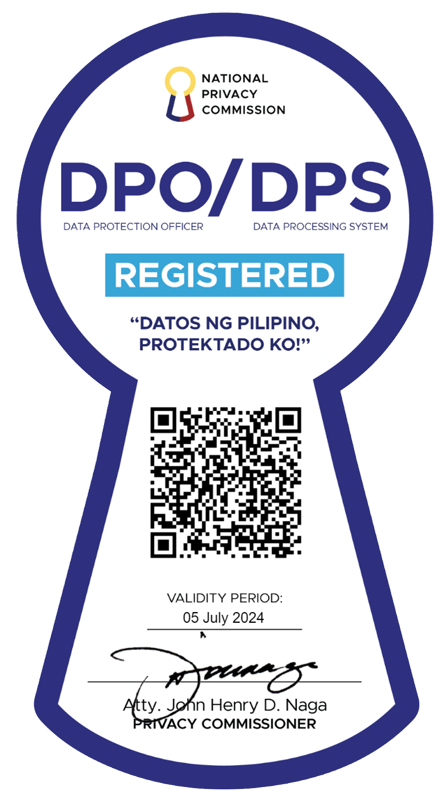Filipino researchers map draft genome sequence of Visayan spotted deer

The first draft genome sequence of the Visayan spotted deer, a critically endangered and one of the rarest deer species in the world, has been shared by local researchers.
Endemic to the country, the Visayan spotted deer once roamed the islands of Panay, Guimaras, Negros, Cebu, and Masbate.
However, habitat loss through deforestation and hunting has “drastically reduced their numbers and only sparse populations remain in the mountainous regions of Panay and Negros,” the Philippine Genome Center Visayas said.
The University of the Philippines (UP) through PGC Visayas volunteered to sequence the genome of the Visayan spotted deer to support the conservation efforts of Silliman University in Dumaguete City to preserve wild populations and establish captive breeding programs led by the Department of Biology and the Center for Tropical Conservation Studies (CENTROP).
According to PGC Visayas, Silliman University CENTROP has the largest captive-bred population of Visayan spotted deer in the world.
“It has been breeding the deer in captivity for the past three decades with the ultimate goal of releasing them back into their natural habitat and replenishing the dwindling wild population,” it said.
Using next generation sequencers, PGC Visayas researchers “sequenced and assembled the Visayan spotted deer’s genome to provide molecular information coded within the deer’s DNA (deoxyribonucleic acid).”
Persie Mark Sienes, lead researcher from Silliman University’s Biology Department, said that the “deer’s genome will be useful to design species-specific microsatellite markers, and subsequently assess genetic diversity, and levels of inbreeding of captive-bred populations.”
Making available the draft genome sequence of the Visayan spotted deer will “significantly contribute in improving current breeding efforts, and will likewise help mitigate the negative impacts of breeding with small population sizes,” PGC Visayas said.
Sienes mentioned that through this collaborative effort with UP, particularly with PGC Visayas, the "first breeding intervention using the Visayan spotted deer’s genome is now possible."
Dr. Victor Marco Emmanuel Ferriols, assistant to the executive director for PGC Visayas, said that “boosting conservation efforts for the Visayan spotted deer highlights the homegrown talent and capabilities of our scientists and their ability to maximize investments in R&D [research and development] infrastructure, especially those in the regions.”
Visayan spotted deer is the first endangered endemic species whose genome was sequenced in the country.
For the lead authors, Carmel Javier and Albert Noblezada, of the paper “Draft Genome of the Endangered Visayan Spotted Deer (Rusa alfredi), a Philippine Endemic Species”, their three-year efforts paid off when the manuscript was published in the journal GigaByte (open access and open science journal) on February 24, 2025.
Javier said that the challenge in sequencing efforts “is not so much on actual laboratory work but more of acquiring permits to collect samples, and continuous funding support for genome sequencing as reagents and kits are costly.”
She added that the “value of genomic studies may not be so obvious, or not yet fully recognized in the Philippines, however, sequencing the genome of the Visayan spotted deer opens more opportunities for research and collaboration to safeguard species conservation and preservation."
Noblezada, who did the bioinformatics analysis of the genome, expressed hope for “more collaborative opportunities for early career researchers in genomics research.”
Javier, Albert Noblezada, Dr.Ferriols, Sienes, Dr. Robert Guino-o and Dr. Nadia Palomar-Abesamis of Silliman University, Dr. Maria Celia Malay of UP Diliman - Marine Science Institute, and Dr. Carmelo del Castillo of the UP Visayas - National Institute of Molecular Biology and Biotechnology comprised the all-Filipino scientific team. — GMA Regional TV News

Need a wellness break? Sign up for The Boost!
Stay up-to-date with the latest health and wellness reads.
Please enter a valid email address
Your email is safe with us






